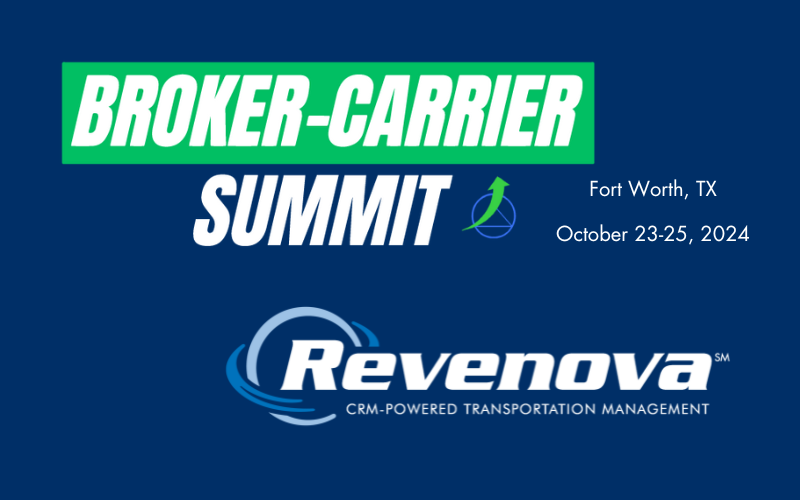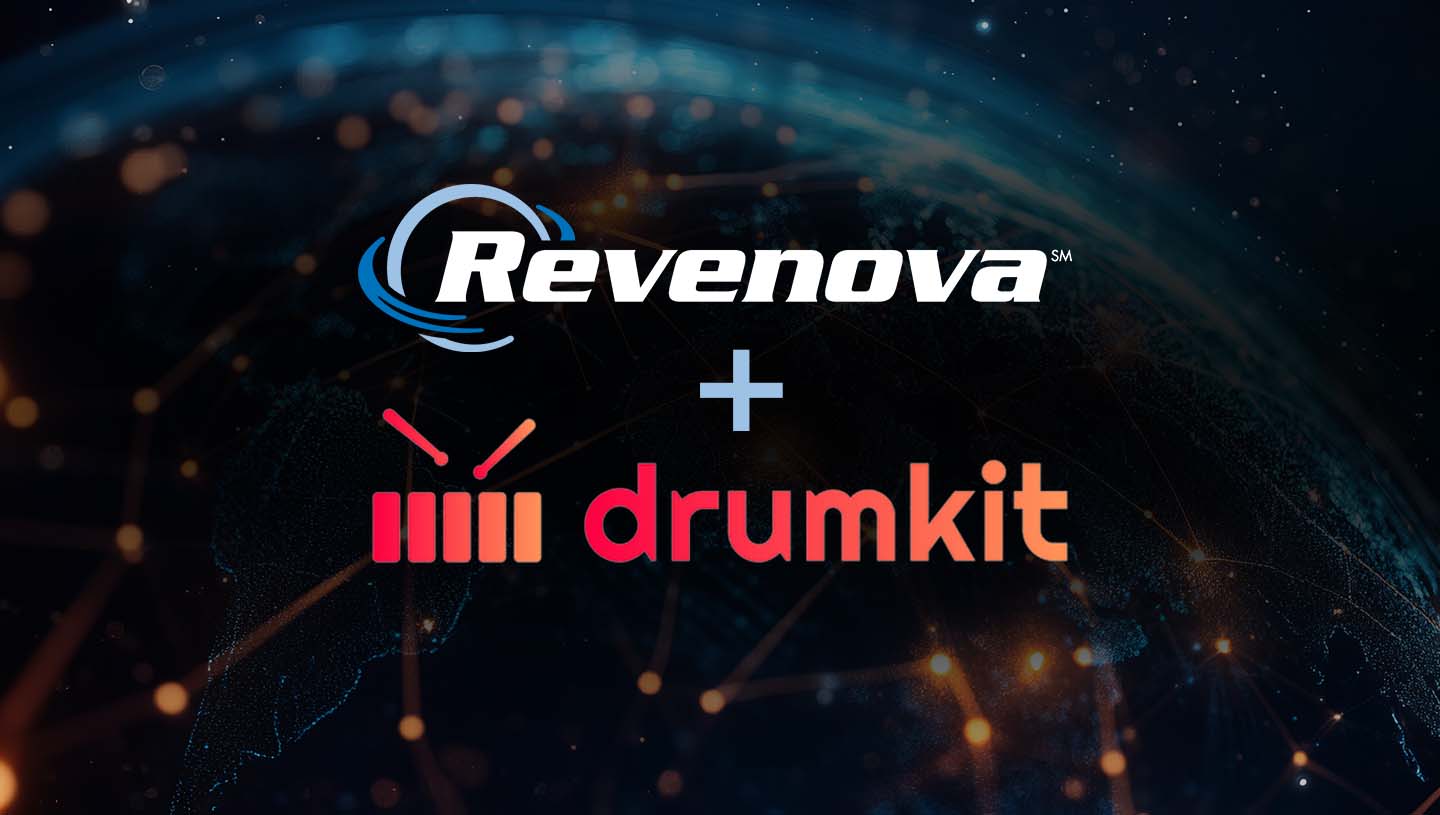
Your TMS Evaluation Guide: Find the Best Fit for Your Organization
Evaluating, buying and implementing new software can be a major undertaking, but there are some steps you can take to ensure a successful transition to a new platform. Whether you’re replacing an existing transportation management system (TMS) or investing in your first TMS platform, begin by defining your specific needs. Every organization is different, so start by asking yourself some basic questions like:
- What are our shipment volumes and frequencies? The number and types of shipments your company handles on a regular basis.
- What modes of transportation are we using? Truckload, less-than-truckload (LTL) air, ocean and/or intermodal.
- What’s our geographic scope? Look at where your customers and suppliers are located when assessing your main shipping routes and destinations.
- What kind of software integrations do we need? If your TMS has to integrate with an existing enterprise resource planning (ERP) or warehouse management system (WMS), look for one that uses application programming interfaces (APIs) to make these critical connections.
- What are our company’s future growth plans? You want a TMS that will be able to grow and scale right along with your organization.
Use the answers to these questions to start evaluating TMS platforms and find one that best suits your company’s needs now, and offers the extended capabilities you may need in the future.
“The best first step is to define your requirements and then find a solution that addresses all of those needs, and not the other way around,” Dave Romanchuk, Director of Product Management at Revenova, advises. “Consider each system’s baseline functionality that’s being offered and whether it meets your needs.”
Picking the Right Vendor
 As you go through the TMS evaluation process, you’ll also want to research the software vendor and make sure if offers the implementation and post-go-live support that your organization needs. During the “supply chain heyday” that ensued during the COVID era, some new vendors broke into the space in hopes of capturing some of the available market share. Many of these providers lacked experience in the transportation industry, but still offered an easy path for companies looking for basic, cloud-based TMS platforms.
As you go through the TMS evaluation process, you’ll also want to research the software vendor and make sure if offers the implementation and post-go-live support that your organization needs. During the “supply chain heyday” that ensued during the COVID era, some new vendors broke into the space in hopes of capturing some of the available market share. Many of these providers lacked experience in the transportation industry, but still offered an easy path for companies looking for basic, cloud-based TMS platforms.
In other cases, some of the older, monolithic TMS systems out there have never been updated and lack the features you’d get from a modern, cloud-based solution. As many long-time TMS users will admit, getting “locked into” these systems—often made and sold by larger enterprise system vendors—is both costly (on the licensing side) and time consuming (for the IT departments that have to maintain them).
For best results, you should look for vendors that have extensive experience in the industry and that have built modern, modular TMS platforms that offer a wide array of functionalities. Some of the other things to look for when picking a vendor are:
Experience and expertise: Your TMS vendor should have a proven track record in the transportation industry. It should also have experience working with companies in your specific industry and understand its biggest transportation challenges.
Don’t overlook the newcomers: If your TMS vendor is newer, take the extra time to learn about its founders’ and leaders’ track records—you may find that a solution made by a smaller, scrappier vendor is the best fit for your organization.
Customer references and case studies. Go right to the source. Request references from existing customers and ask them about their experiences with the vendor. You can also ask for case studies and testimonials from current clients (hint: the vendor may have published some on its website).
Demonstrations: You want to see TMS in action before making your decision, so when you have your choices narrowed down to the final few, ask each vendor for product demos. These demonstrations are much easier to do (and, participate in) thanks to the cloud, so leverage them to your advantage.
Financial stability: This is an important one in today’s uncertain economic climate. You want to work with vendors that have a solid financial foundation to support a long-term partnership with your company, and that won’t just “disappear” when your new TMS goes live.
Responsiveness: Timely and effective customer support is important and isn’t always easy to gauge when you’re in the sales cycle (when everyone is on their best behavior and responding quickly). Your best source of information on this point will be existing customers that have worked with the company before.
Training: The TMS vendor you select should offer comprehensive training programs that help team members get the most out of your new system with as minimal disruption as possible.
Ongoing support: Finally, you want a vendor that will be in your corner through thick and thin, and that’s there when you need them. At minimum, find one that provides the ongoing support, updates and maintenance that your company will need over time.
Romanchuk also tells companies to look for TMS vendors that have their own in-house implementation teams, versus those that farm the work out to third parties. This puts you closer to the source, so to speak, and guarantees that your project is managed by individuals who have hands-on experience with the specific platform.
“This is very important because having ownership of a product rollout eliminates any ‘disconnects’ that could interfere with a successful implementation,” Romanchuk advises. “You can avoid these issues by working with a TMS vendor whose in-house implementation team is tightly connected to its product team.”
To learn more about Revenova TMS, Request a Demo. Follow Revenova on LinkedIn, YouTube, and X for the latest updates and news about Revenova TMS, the original CRM-powered Transportation Management System.




